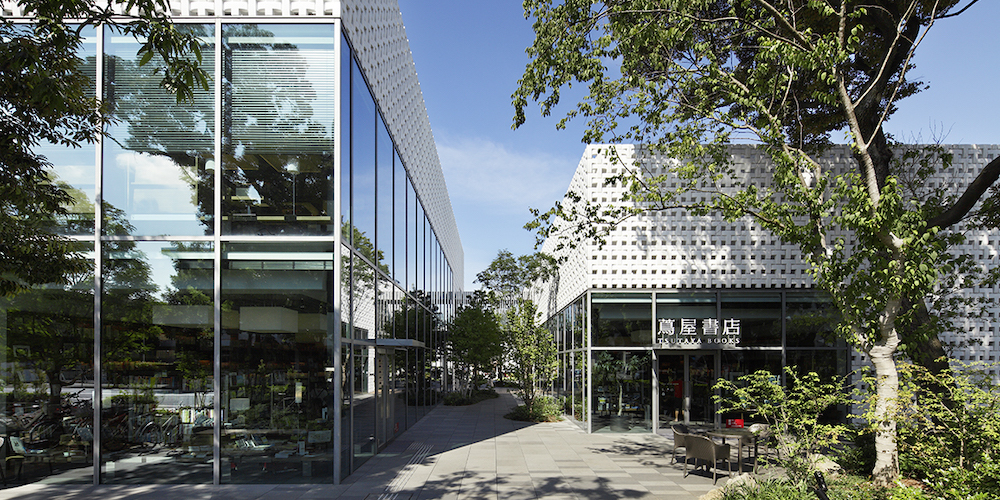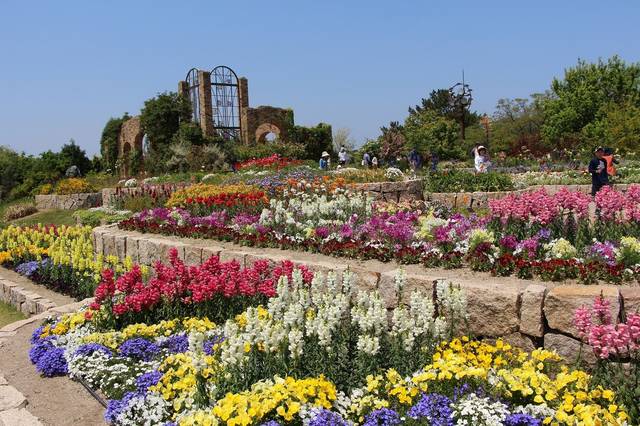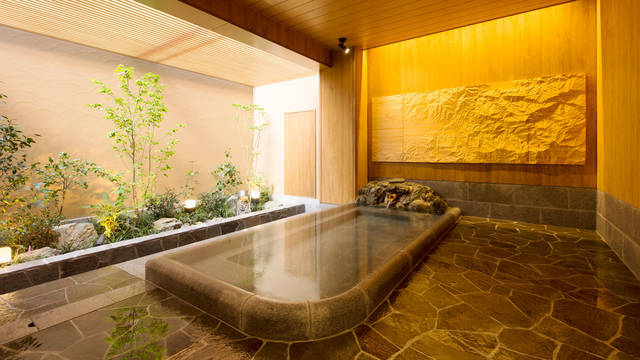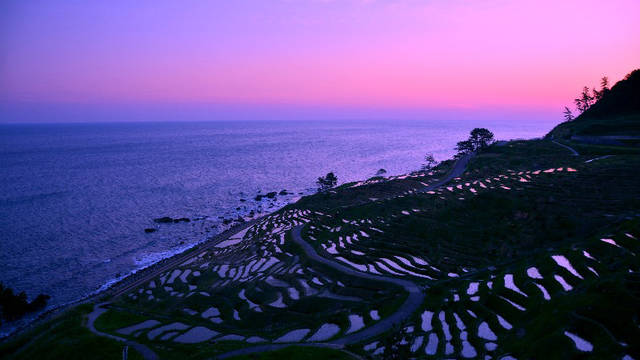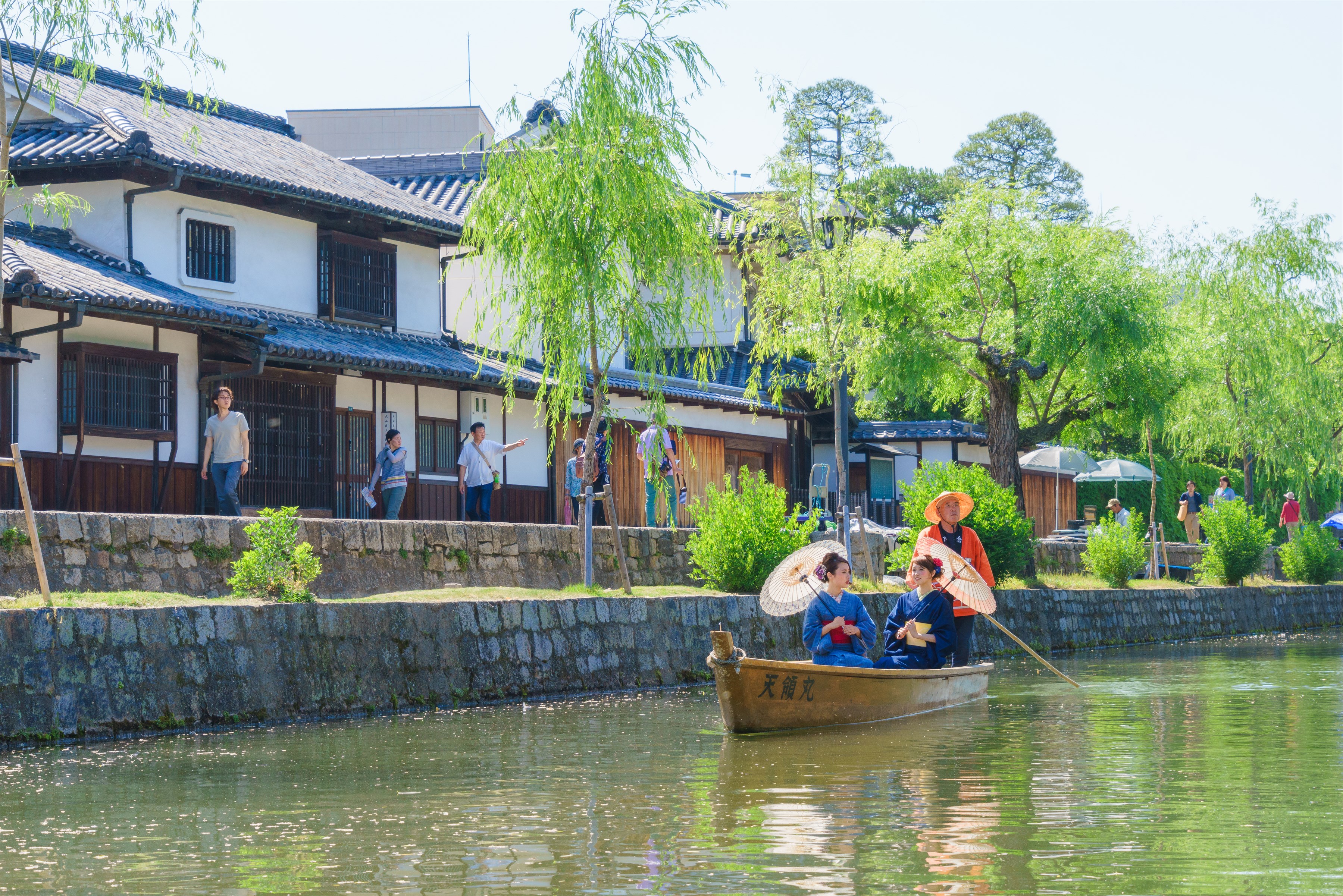Various Attractions Through Ehime Prefecture and Its Famous Zoo
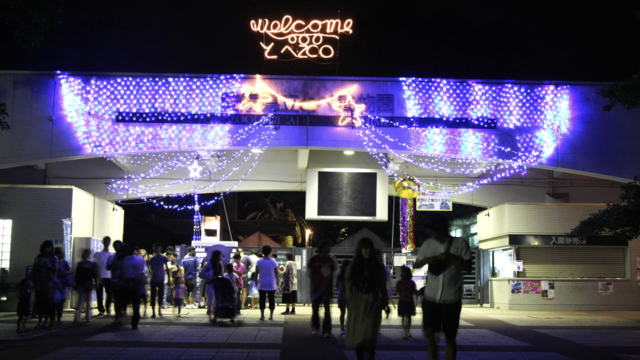
In recent years, visitors started discovering more and more about Shikoku, the smallest of the four major islands of Japan. In Japanese, Shikoku means four provinces: this is because its territory is divided in the four prefectures of Ehime, Kagawa, Tokushima and Kochi. Ehime, the island's westernmost prefecture, is certainly no exception: often associated with its astounding mandarin production, it's considered one of Japan's most popular destinations.
Across Shikoku: Ehime and its Attractions
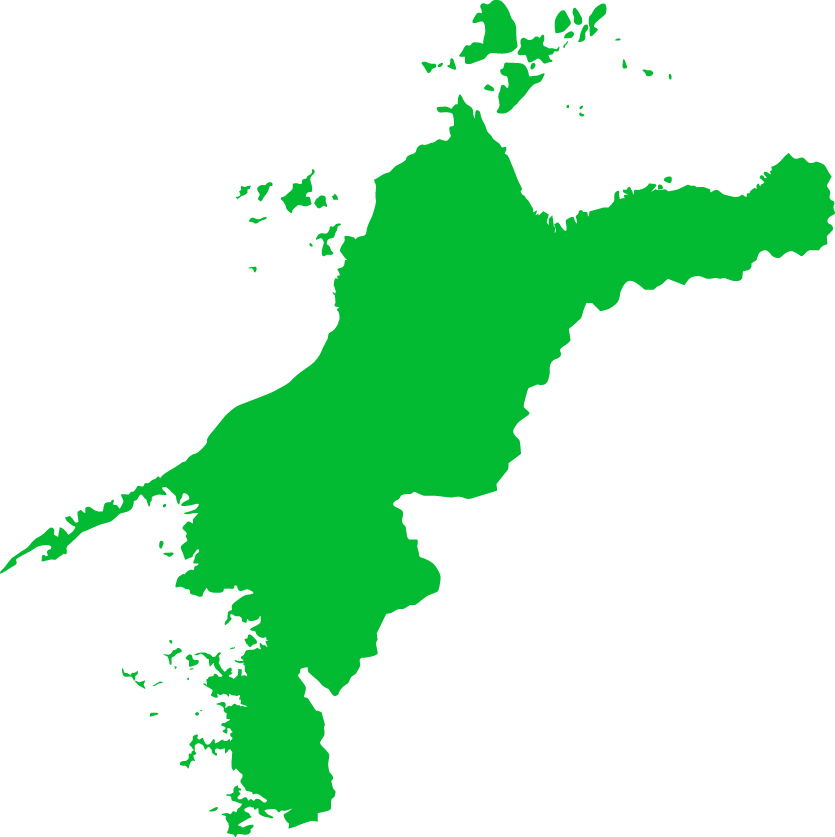
Even though the most popular reason to visit Shikoku is the renowned 88 temple pilgrimage, Japan's most famous pilgrimage route, each of its prefectures has a lot to offer in terms of history, landscape and touristic attractions.
Ehime can be roughly divided into three main areas: the central region, known as Chuyo, the Southern region (Nanyo) and finally the Eastern region (Toyo), As you might already have noticed, each area's name contains the syllable “Yo”, which is a reference to “Iyo”, the name of a former province located in the area that we now know as Ehime. The name Iyo is still occasionally used to indicate certain areas in Ehime, and in 1955 the merging of four local villages southwest of Matsuyama gave birth to the city of Iyo, well-known for its production of dried bonito flakes and Nakayama chestnuts.
Chuyo, Ehime's central area, is packed with historical and natural attractions, like Japan's oldest hot spring, the 3000 years old Dogo Onsen in Matsuyama, and Tobe zoological park in Matsuyama's neighboring town,
Tobe.
One of Japan's Most Famous Zoos: Tobe Zoological Park
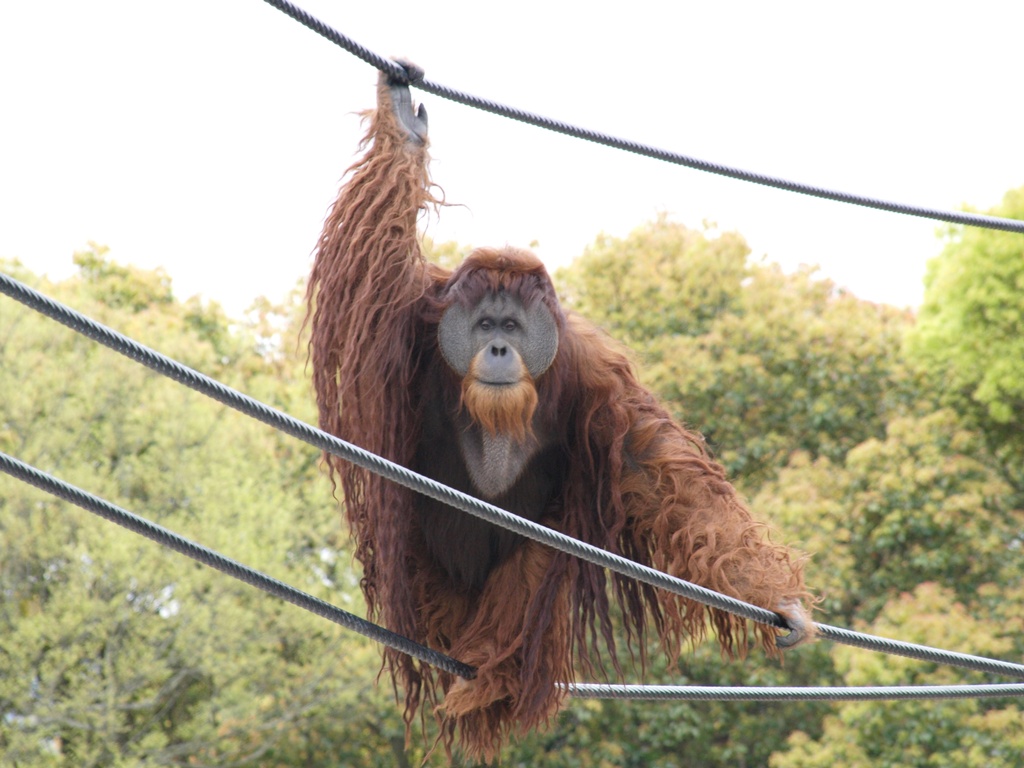
Tobe Zoological Park
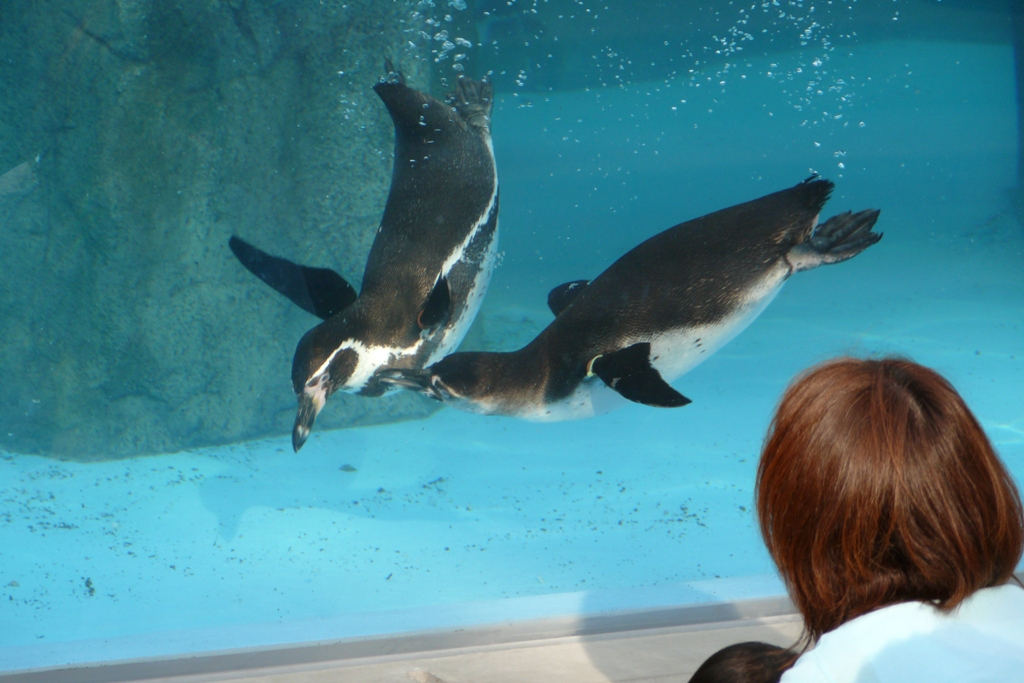
Tobe Zoological Park
Most people around the world can probably recall childhood memories of natural and zoological parks, and even as time goes by, the idea of visiting a zoo has not lost popularity among people yearning for a one-day excursion involving kids or animal lovers: as one of Japan's most famous zoos, Tobe zoological park certainly fits the bill for anyone wanting to explore the world of wildlife from a safe and fun perspective.
Tobe is a small town located just a few kilometers away from central Matsuyama, originally famous for its quality pottery production: its role in the area only changed in 1988, when the zoological park located in Matsuyama was moved there in order to give the animals residing in it a better environment and superior living conditions. With a successful history after its relocation, Tobe zoological park is celebrating the 30th anniversary this year, and lots of interesting events and attractions are scheduled on its calendar.
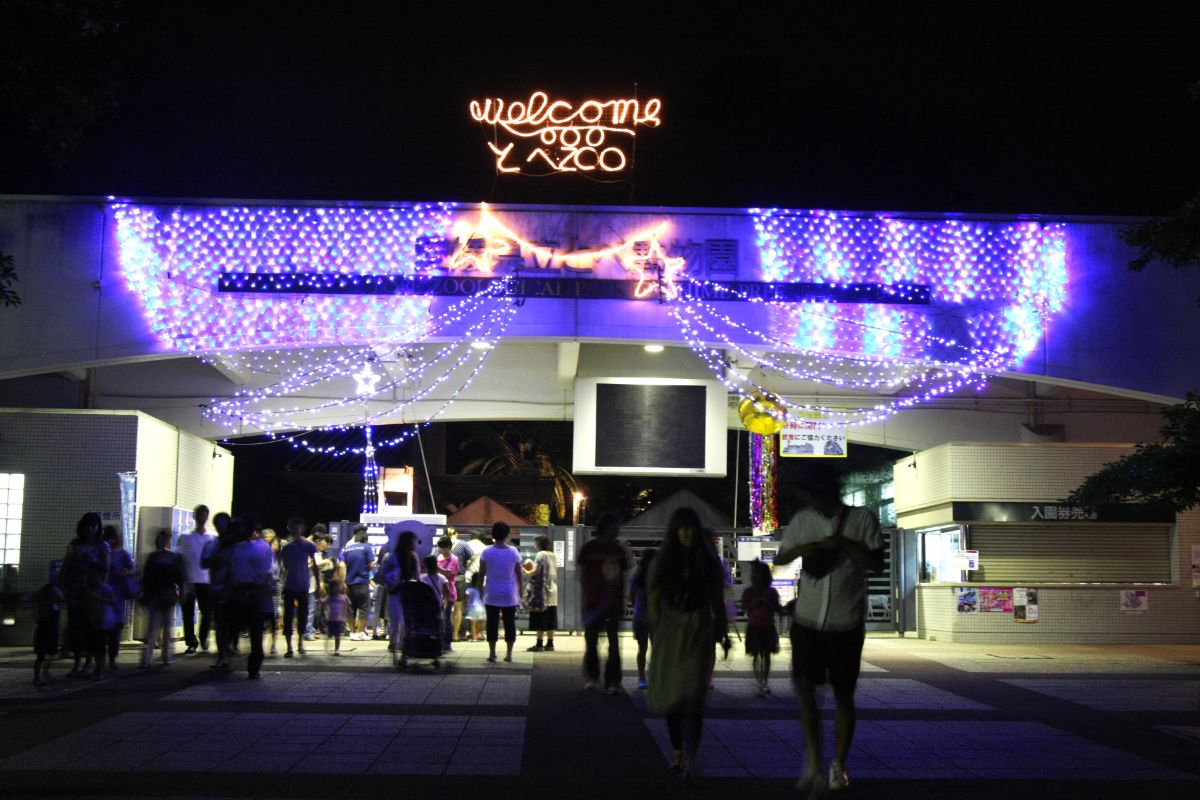
Tobe Zoological Park at night
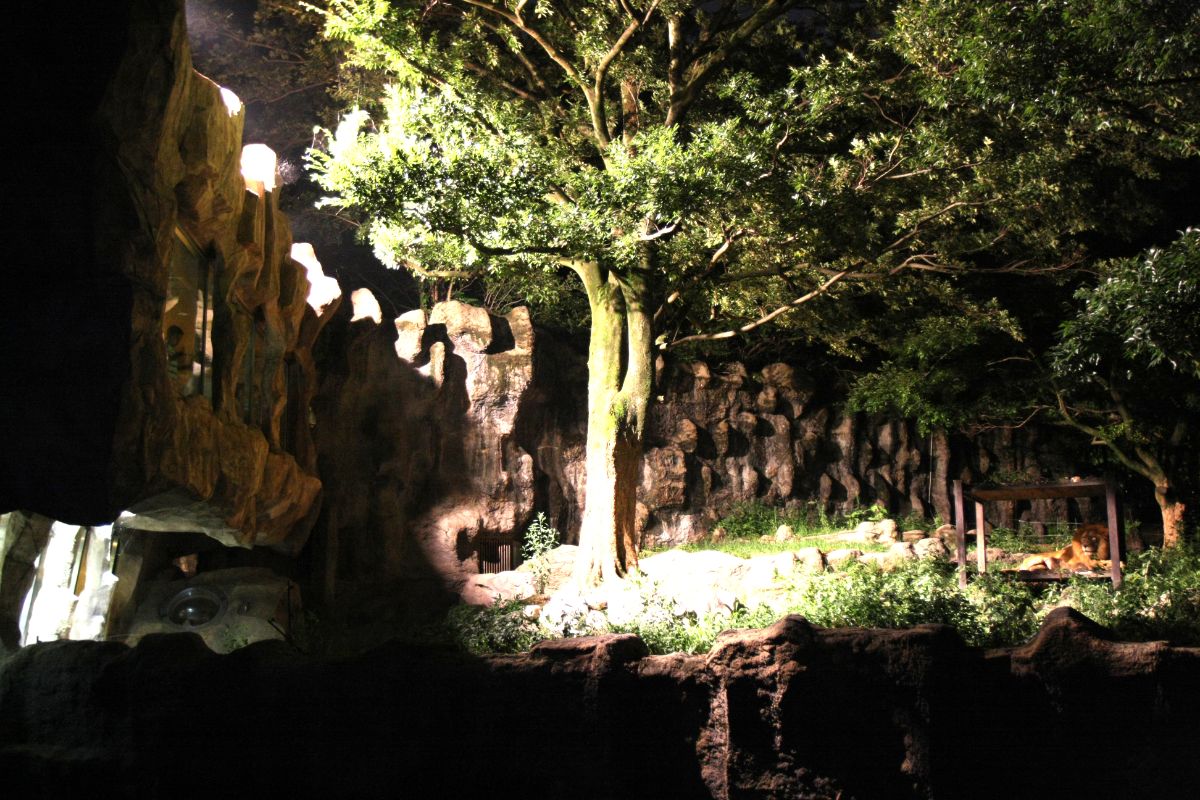
Tobe Zoological Park at night
With a surface of 11 hectares and over 800 various animals living there, Tobe zoological park is one of the largest zoos in Western Japan. The park is divided into 10 different ”streets”, each one designed according to a certain theme, like the Australian street and the Bear street, and visitors can walk through them at pleasure. Still, Tobe zoological park's offer is not limited to traditional zoo attractions: scheduled night events are also available to the general public, and visitors of all ages can enjoy witnessing the life of nocturnal animals in a unique wildlife atmosphere.
Peace, One of Japan's Most Famous Polar Bear
.jpg?locale=ja)
Polar Bear "Peace"
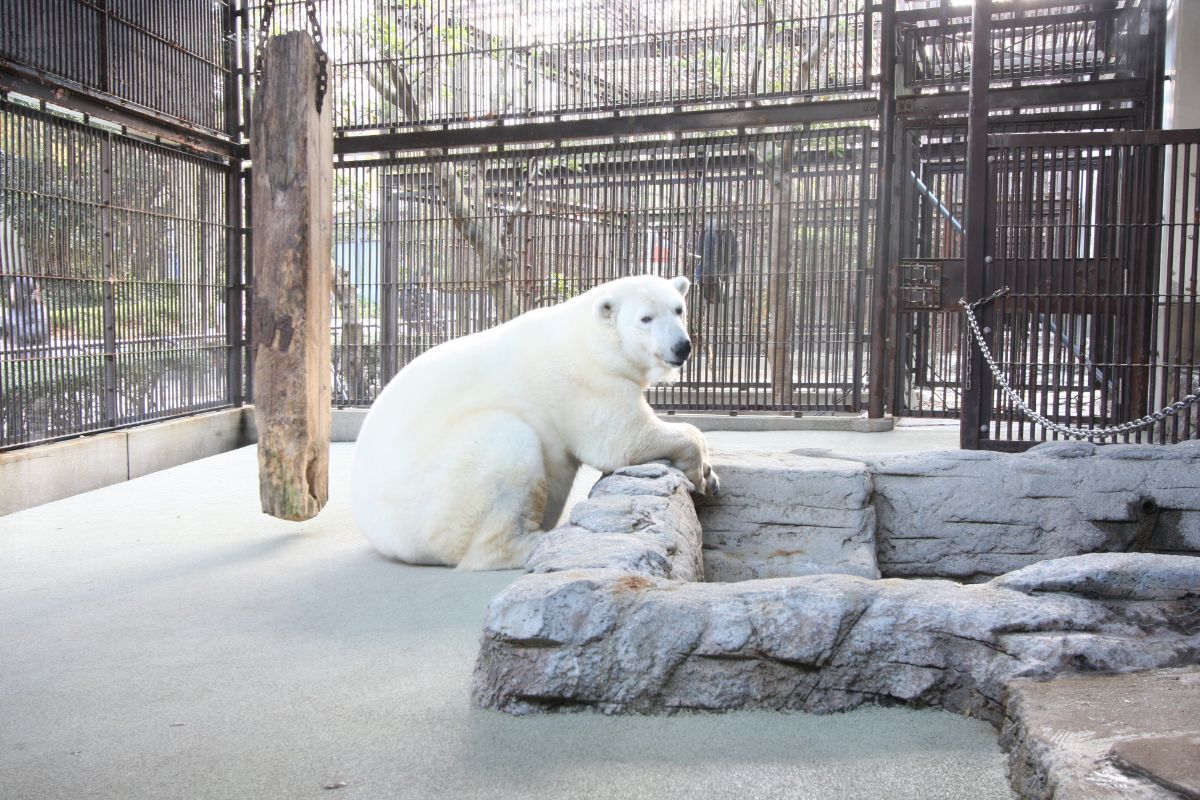
Polar Bear "Peace"
The reason why Tobe zoological park became so famous is not just the large scale of the park itself. The zoo rapidly started gaining popularity about 20 years ago with the birth of a female polar bear baby named “Peace”: soon after being born on 2nd of December 1999, the baby bear became a real icon. She has been the first polar bear to be bottle-fed in Japan, and thanks to the attention of the media her cute features and gestures soon started attracting waves of people from all over Japan. Despite her popularity, Peace had a challenging childhood: raising a polar bear baby wasn't an easy task for the zoo workers, and the process of raising her in an artificial environment took the combined efforts of a number of professionals all through the years.
Peace is now 19 years old and leading a healthy, serene life. The best thing to do in Tobe zoological park is without a doubt taking a chance to visit her in person on the bear street: visitors will certainly appreciate her charming presence while observing her happily playing around. She also has a Youtube channel where everyone can follow her adorable routines and activities.
Google Street View
A Town decorated in Cobalt Blue: Tobe and its Pottery
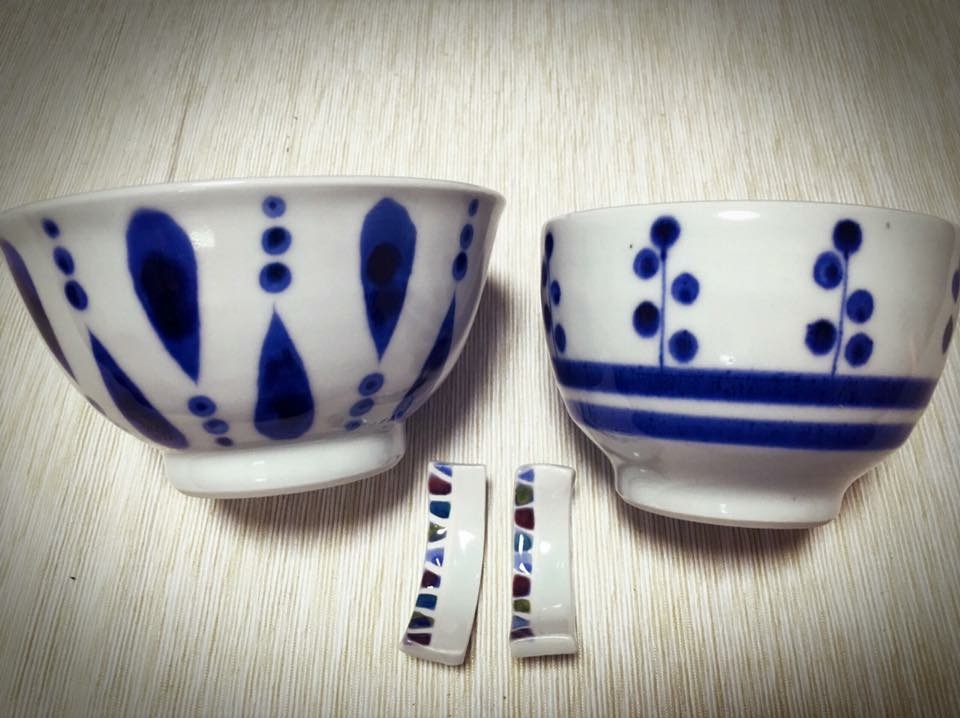
Tobe-yaki Pottery
Tobe Zoological park certainly is a popular destination, but Tobe's attractions do not end there. As we mentioned before, Tobe derives its fame within Ehime from its quality porcelain production. Tobe-ware, known in Japanese as Tobe-yaki, is a type of pottery originating from this area and its history dates to more than 240 years ago: the importance of its tradition has been officially publicized by the Japanese government in 1976, when it gained its place among Ehime's recognized traditional crafts.
Classic Tobe-yaki is characterized by a stark contrast between its white base and the cobalt blue of its painting: discreet and inconspicuous, its beauty relies in simplicity. In terms of construction, traditional Tobe-ware is generally rather thick and easy to handle, making for perfect flower vases and table ware, but the most recent production started moving towards a greater range of products, suitable for all kinds of occasions and situations.
Tourists taking a break in Udon restaurants across Shikoku will have a chance to eat from Tobe-yaki bowls, especially in Kagawa, the famous “Udon-prefecture” right next to Ehime: considering the astounding quality and convenience of the food served, a stop for Japan's best wheat noodles is certainly suggested. One of the easiest ways to fully enjoy the Tobe-yaki's charm is certainly having a stroll through the Ceramic Tile Street (Toban no Michi), a 500m long walkway leading to Tobe's Ceramic Museum and the scenic point Tosogaoka. The street has more than 580 ceramic tiles and it's thoroughly adorned by colorful potteries, which make it very popular among for arts and crafts lovers.
Ehime's Little Kyoto: Traditional Cormorant Fishing in Ozu
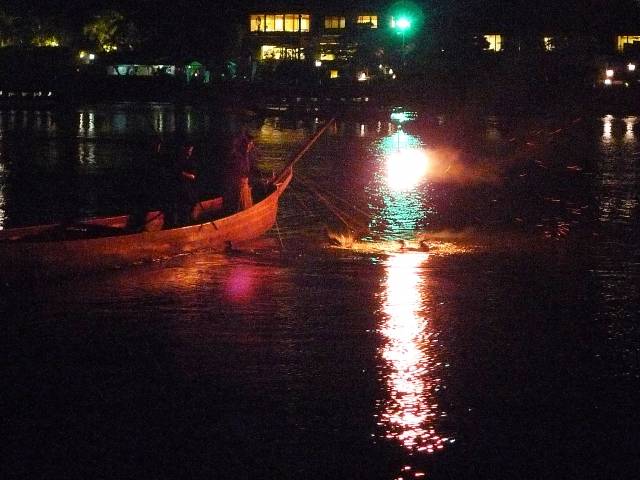
Traditional Cormorant Fishing in Ozu
Aside from Ehime's central area, the Southern and the Eastern regions also have a lot to offer: an example of this abundance is Nanyo's Ozu city, a favorite among tourists.
One of the Ozu's distinctive attractions is cormorant fishing (Ukai), a traditional fishing method which revolves around the use of well-trained cormorants to fish in rivers. There are three representative cormorant fishing towns in Japan: Gifu city in the Gifu prefecture, Hita city in Oita and Ozu city in Ehime, and their tradition dates to more than a thousand years ago. The fishing season starts from June and usually ends around September, and all throughout the summer visitors can take a boat tour to observe fishermen and their activities while comfortably enjoying the local cuisine and drinks served on the boat's deck: along with wonderful fireworks and a wide array of local events, tourists will have many chances to have a great time in Ozu.
Ozu used to be a prosperous castle town, and within Iyo it goes by the name of Little Kyoto: just like its bigger sister, it manages to attract visitors all year long. Its most enchanting feature is certainly its quaint townscape; among the countless places worth a visit, one cannot omit Japan's oldest drawbridge and the scenic Garyu mountain villa, immersed in the beauty of the surrounding nature.
How to visit? [Tobe Zoological park]
From central Matsuyama : 20 minutes by car
From Matsuyama station : 40 minutes by bus
◼Tobe Zoological park
◼Address: 240 Kamiharamachi, Tobe-cho, Iyo-gun, Ehime
◼TEL : +81-089-962-6000
◼Opening Hours: Monday Closed, Tuesday-Sunday 9:00-17:00
For those traveling in Ehime Prefecture, Tobe Zoological Park is a great destination. Best known ...
Reference List
Sponsored Links
.jpg?locale=en)

